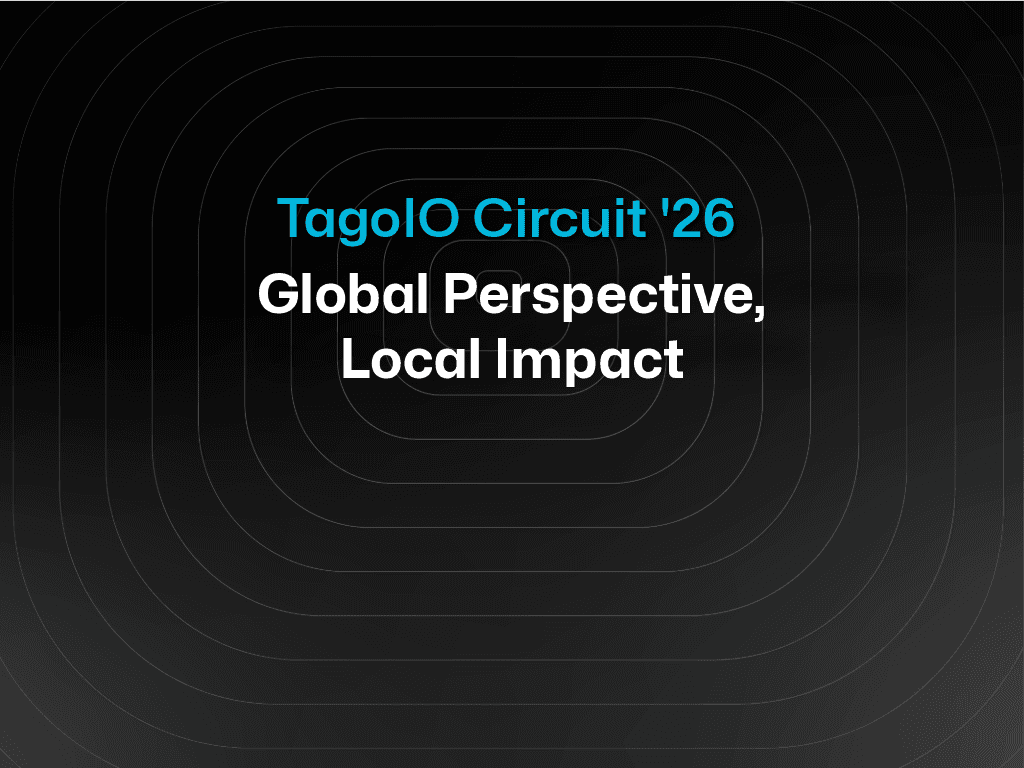Blog
News
Introducing TagoIO’s open-source connector repository
Discover TagoIO’s latest enhancement for seamless IoT device integration. Our new approach utilizes open-source decoders and scripts to convert IoT device payload data into the TagoIO data model. Explore our comprehensive open-source repository, streamlined processes for adding new decoders, and simplified submission steps. Enhance your IoT solutions with greater transparency, flexibility, and scalability.

TagoIO Team
Jun 20, 2024



At TagoIO, we constantly evolve to make IoT device integration seamless and efficient. Today, we are thrilled to announce a significant enhancement in how you can create and maintain public connectors for IoT devices in our platform.
Simplifying Device Integration with Decoders
Our new approach leverages open-source decoders and scripts designed to interpret payload data from IoT devices and convert it into a TagoIO data model. All decoders available on our public GitHub will be automatically available in our Admin. This enhancement allows for a more transparent, flexible, and scalable integration process, ensuring your devices communicate effectively with our platform.
Key Components of Our New Integration Process
Decoders Repository: We've created a comprehensive open-source repository containing all the necessary tools and guidelines for creating and managing decoders. This repository is your go-to resource for ensuring your device data is accurately interpreted and utilized within TagoIO. Therefore, anyone can contribute with bug fixes, improvements, and the addition of new decoders.
Network and Connector Decoders:
Network Decoders handle the interpretation of data from specific IoT networks.
Connector Decoders are tailored for specific manufacturers and device models, providing a granular level of data interpretation.
Manifests: These are JSONC files describing each decoder version, ensuring that decoders follow the correct file format and filenames.
Streamlined Process for Adding New Decoders
All decoders listed in our public Github are already available inside the TagoIO Admin for you to use. If you need to create a specific connector for your device, you don’t need to make it public - learn how to create a private network/connector. Nevertheless, follow our process when you want your connector to become public. Our new process for releasing decoders to the public use is designed to be user-friendly and efficient:
Create Folders: Organize your decoders by network and manufacturer, ensuring a logical and accessible structure.
Define Manifests: Use predefined schema files to create manifest files that describe your decoders in detail.
Version Control: Maintain different versions of your decoders, following the SemVer pattern for versioning.
Validation and Testing: Utilize commands like npm start validator and npm test to ensure your decoders are accurate and reliable.
Submitting your Decoder to the Public Github
We’ve simplified the submission process to make it as straightforward as possible:
Create a Branch: Start by creating a new branch for your decoder.
Add Your Decoder: Follow the structured guidelines to add your decoder.
Validate: Run the validation command to check for any issues.
Commit and Pull Request: Commit your changes and open a pull request for review.
Review and Merge: After review and any necessary revisions, your decoder will be merged into the main codebase.
Conclusion
This new approach simplifies the integration process and enhances the scalability and flexibility of the TagoIO platform. By allowing any developers to add and manage decoders easily in our public GitHub repository, we empower users to integrate a wider range of devices, ultimately expanding the possibilities of your IoT solutions.
We are excited to see the new devices and applications you will bring to life with these enhancements.

TagoIO Team


